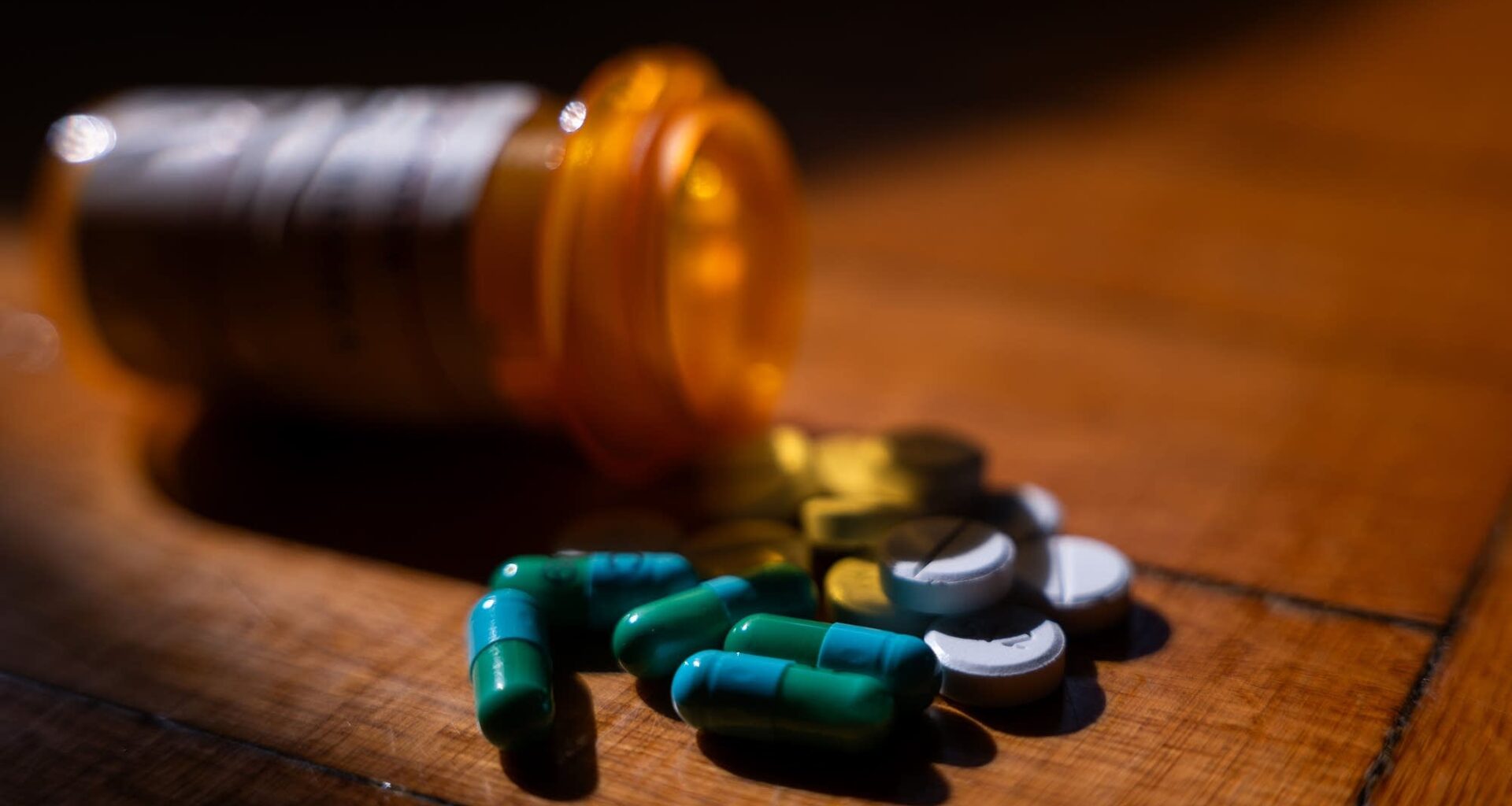President Donald Trump wants to bring more drug manufacturing to the United States. He’s threatened tariffs on pharmaceuticals that come from overseas. So, where are our medicines manufactured? And why don’t we make more domestically?
Where your prescription medications are made depends mostly on whether they’re patent protected, according to health care economist Marta Wosińska, a senior fellow at the Center on Health Policy at the Brookings Institution.
“When it comes to branded drugs, it really is either the U.S. or Europe,” she said.
But pricey name-brand medications comprise only about 10% of those dispensed to Americans. The remaining 90%, Wosinska said, are low-cost generics.
“Think about your blood pressure medication, your statins, your antibiotics,” she said.
Those drugs and their active ingredients are made mostly in India and China. So the vast majority of medications Americans rely on to stay healthy and treat illnesses come from overseas.
That reliance on imports is risky, said Aaron Kesselheim, a professor at Harvard Medical School.
“When there are issues that disrupt the international trade supply chain, that puts a strain on the U.S. drug supply,” he said.
But building up U.S. capacity is expensive. Drug companies would need to build factories, hire and train workers, and secure approvals from an understaffed FDA following DOGE cuts.
Kesselheim can’t see companies making those investments without more certainty. “Threats of the tariffs seem to be very transient and fickle,” he said.
The math is especially tricky for low-cost generic drugmakers, which operate on thin margins, per Erin Fox, who studies drug shortages at the University of Utah.
Rather than draw companies into the U.S. market, she said tariffs could drive some away altogether.
“I think what that means for patients is they may not get a product that is most preferred to treat their illness,” she said. They might experience more adverse effects. They might have treatment delays.
Americans could also see higher prices for generic drugs they’re used to getting for cheap. Marta Wosińska with the Brookings Institution said that might be necessary to shore up domestic supply chains and that tariffs can be an effective tool to that end “if they’re used strategically and if they’re part of a broader set of interventions.”
She’ll be watching what other investments the administration makes in buffering the U.S. drug supply.
Related Topics
